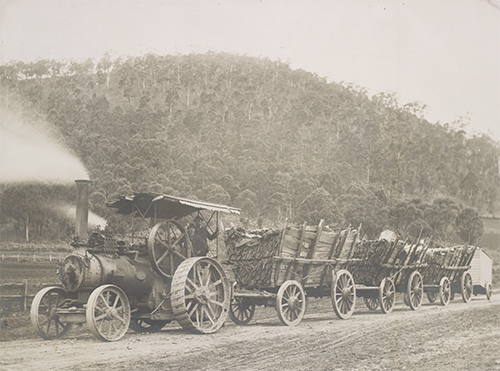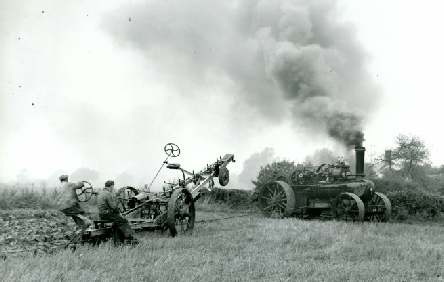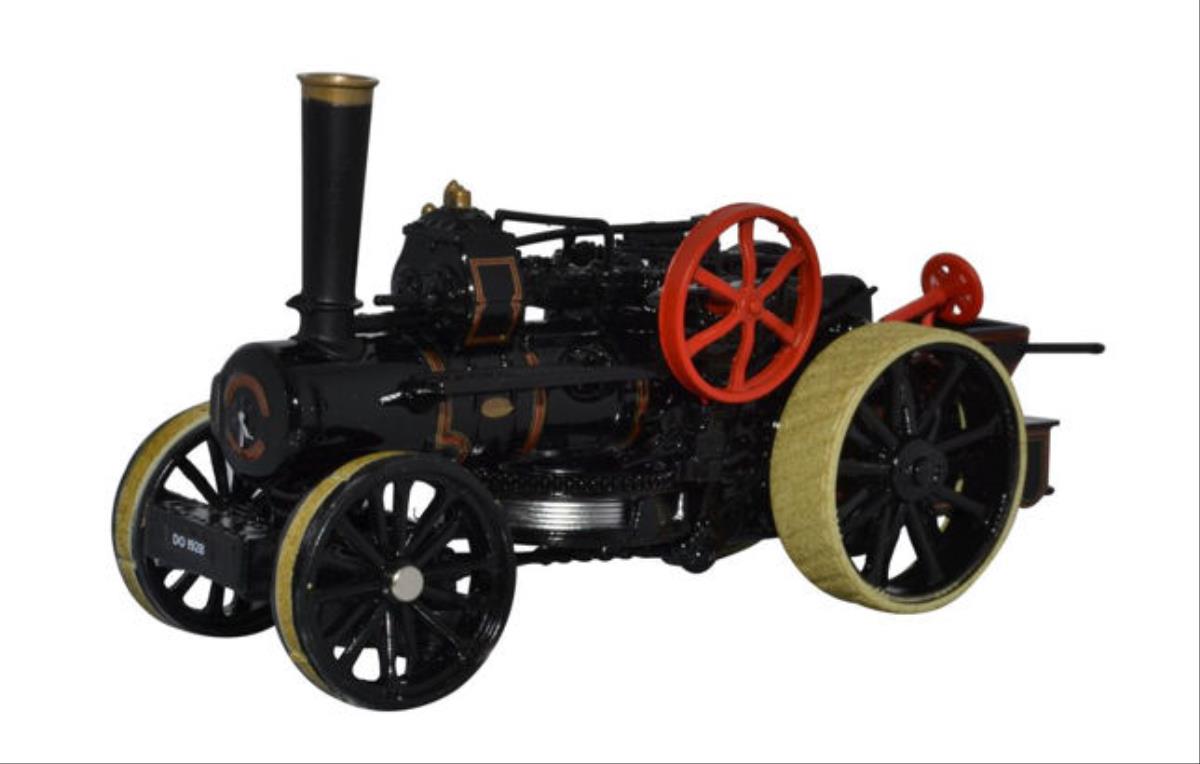

 CRAIG WEATHERLEY looks into the development of the Fowler steam plough.
CRAIG WEATHERLEY looks into the development of the Fowler steam plough.
In 1854 the Royal Agricultural Society of England offered a prize of £500 for any cultivator who came up with the most efficient way to turn soil over quickly and effectively using steam. There were a number of applicants, and trials were held each year without a winner being announced. In 1858 at a trial in Chester a Mr John Fowler Jr, an agricultural engineer born in Melksham in Wiltshire, stunned the judges by introducing a machine that turned over soil more effectively than horse labour.
 LH Fowler Ploughing Engine, circa 1880.
LH Fowler Ploughing Engine, circa 1880.
After winning the trail and receiving the £500 prize, John Fowler kept on improving his design. By the early 1860s double engine tackle (two engines, pulling a plough back and forth between them) had been introduced with a self-moving engine working along each headland.
John Fowler made the BB1 ploughing engines in pairs, one left-hand and one right-hand. He gave each engine differently handed cable drums so that the ploughing engines could travel forwards or backwards together instead of one going backwards the other going forwards whilst moving the plough along the field. This technology was then exported all around the world.
 Fowler Traction Engine 'George' in Australia.
Fowler Traction Engine 'George' in Australia.
By the mid-1860s most fields throughout England were cultivated by a steam plough, although the initial cost of investing in steam for farmers with a small amount of land was very high. This lead to the rise of the 'Travelling Contractors'. They were a unique breed, who travelled the countryside selling their ploughing services to farmers. Each team normally comprising of four men and a boy living together in a living van which travelled with the engines.
Most surviving BB1 engines came from a very large order placed by the Agricultural Machinery Board which was a direct branch of the Ministry of Munitions. During World War One John Fowler & Company supplied over one-hundred and forty BB1 steam ploughing engines, water carts, implements and living vans to this company for use in and around England.
 Fowler BB Engine, showing how the plough is steered by the operators.
Fowler BB Engine, showing how the plough is steered by the operators.
There are now around seventy-six BB1 ploughing engines in preservation. Most of them you can see at steam shows up and down the UK demonstrating how they used to plough fields. Some are static in museums and the remainder are either being left to rot away in fields or barns or awaiting a full restoration to join the other working examples of ploughing engines.
 OD76FBB004 Fowler BB1 Plough Engine No.15337 Louisa.
OD76FBB004 Fowler BB1 Plough Engine No.15337 Louisa.
Adding ploughing engines to your layout can add some interesting detail to rural layouts set from the 1860s until the 1930s, with some examples still working early on in the post-war period.
Oxford Diecast currently produce a OO Scale model of the BB1 Ploughing Engine, in various different liveries.
There is also an example in the Hornby SkaleAutos range.